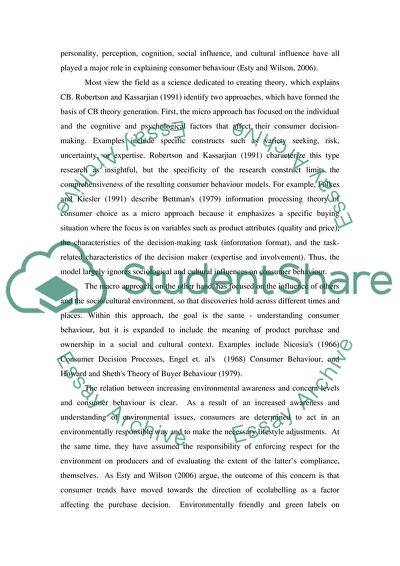Cite this document
(“Processing Theory of Consumer Choice Essay Example | Topics and Well Written Essays - 1750 words”, n.d.)
Processing Theory of Consumer Choice Essay Example | Topics and Well Written Essays - 1750 words. Retrieved from https://studentshare.org/marketing/1540724-marketing-consumer-behaviour-case-study
Processing Theory of Consumer Choice Essay Example | Topics and Well Written Essays - 1750 words. Retrieved from https://studentshare.org/marketing/1540724-marketing-consumer-behaviour-case-study
(Processing Theory of Consumer Choice Essay Example | Topics and Well Written Essays - 1750 Words)
Processing Theory of Consumer Choice Essay Example | Topics and Well Written Essays - 1750 Words. https://studentshare.org/marketing/1540724-marketing-consumer-behaviour-case-study.
Processing Theory of Consumer Choice Essay Example | Topics and Well Written Essays - 1750 Words. https://studentshare.org/marketing/1540724-marketing-consumer-behaviour-case-study.
“Processing Theory of Consumer Choice Essay Example | Topics and Well Written Essays - 1750 Words”, n.d. https://studentshare.org/marketing/1540724-marketing-consumer-behaviour-case-study.


